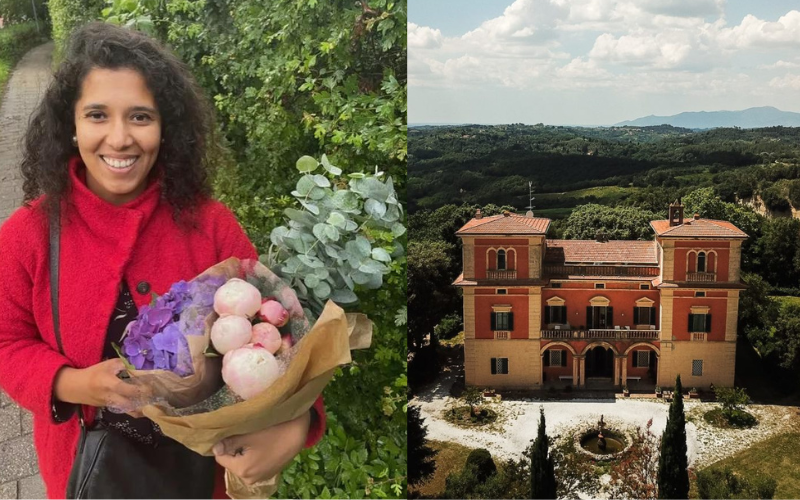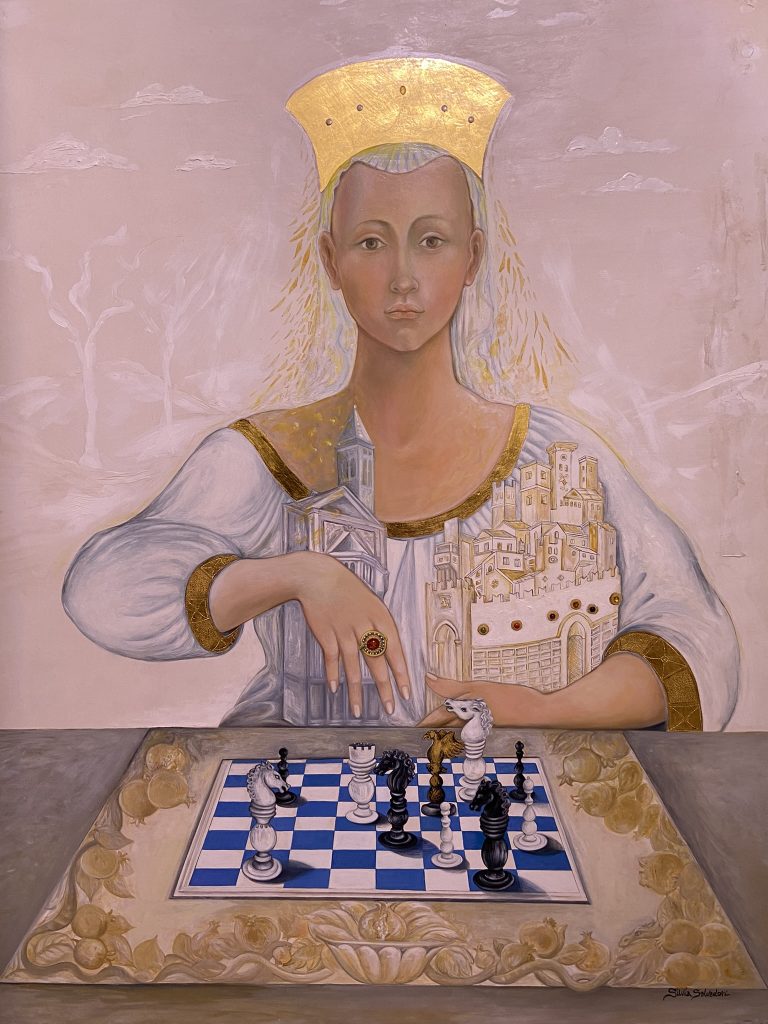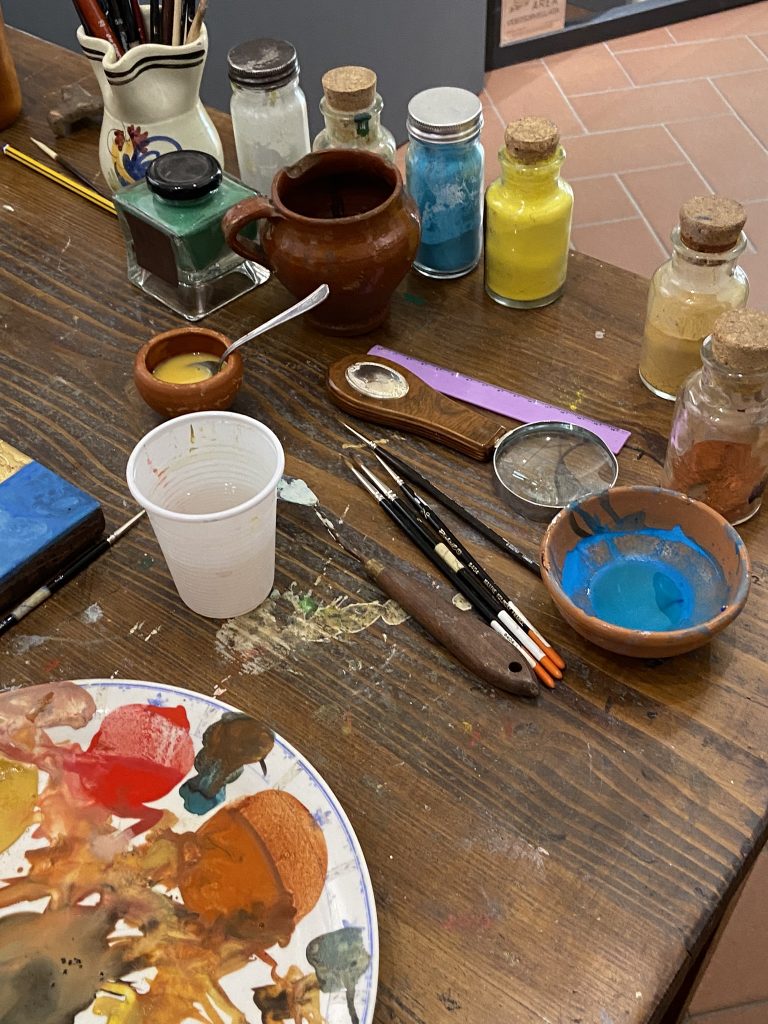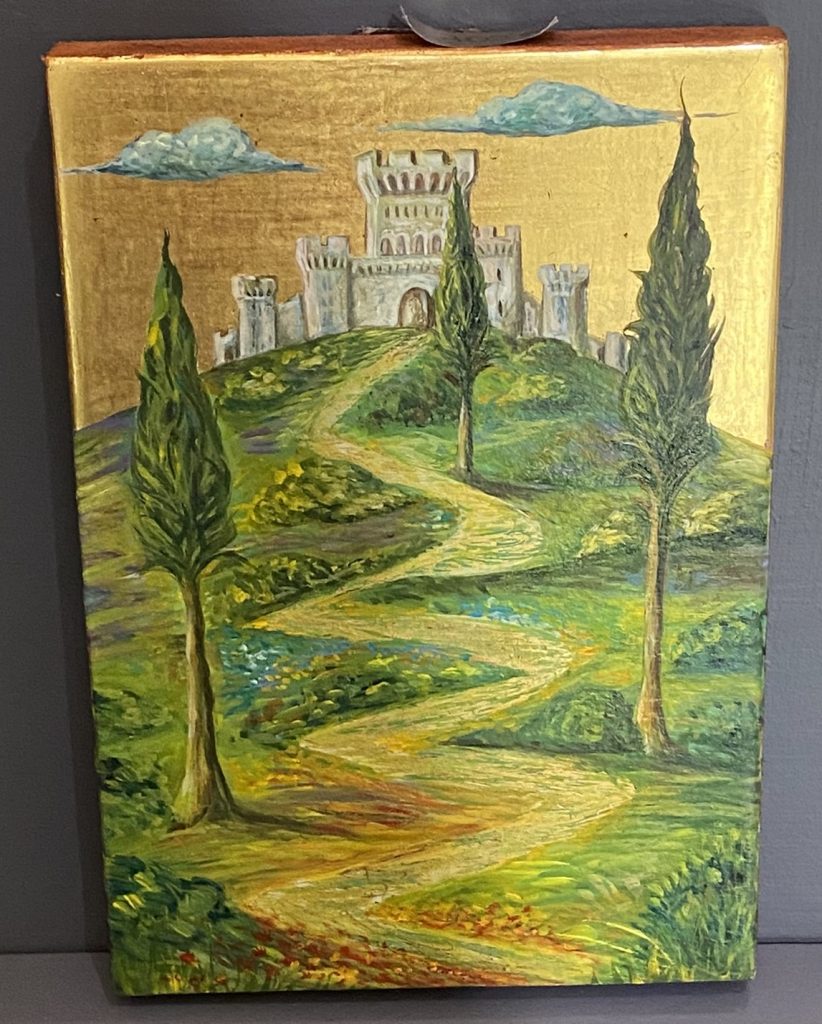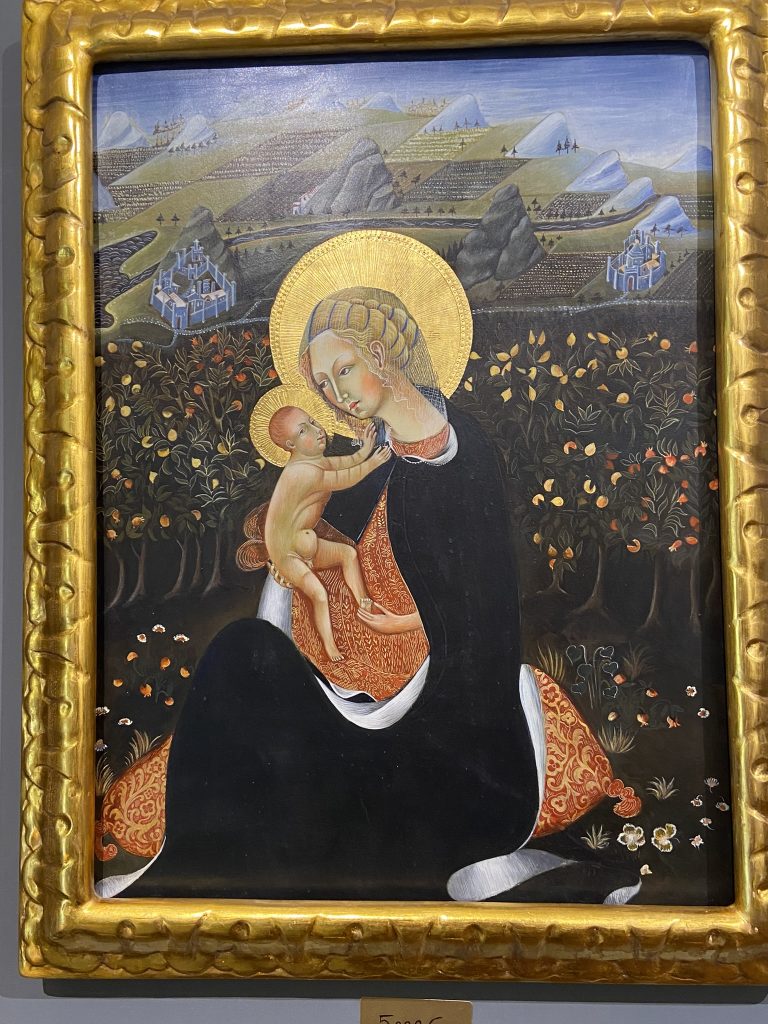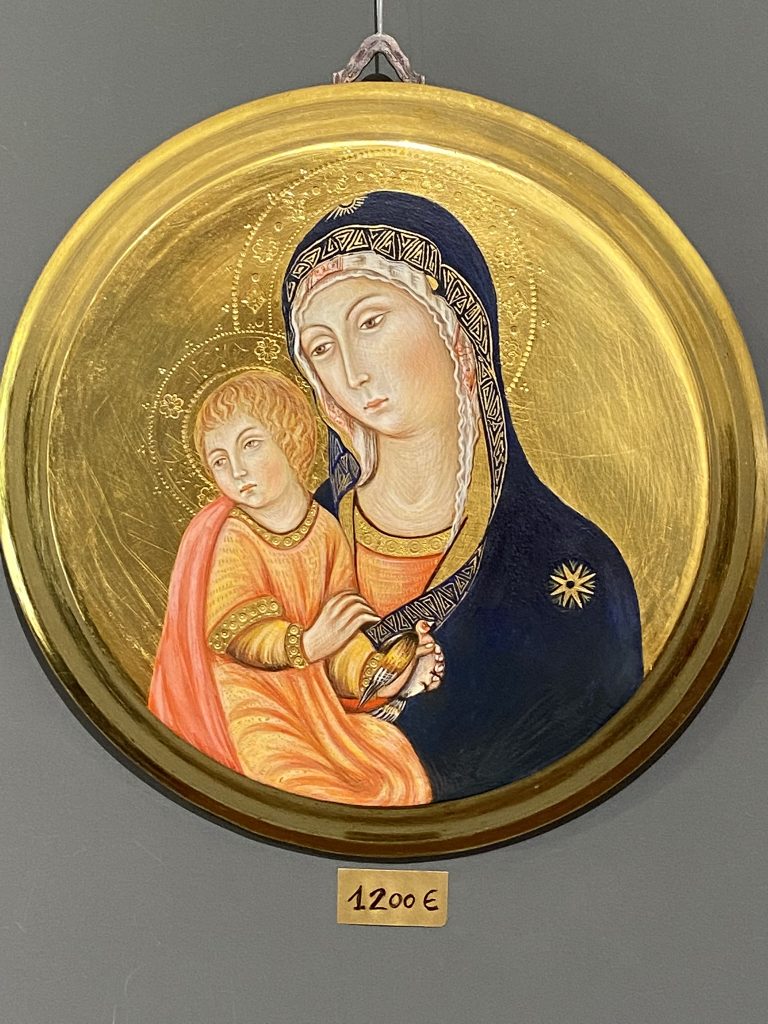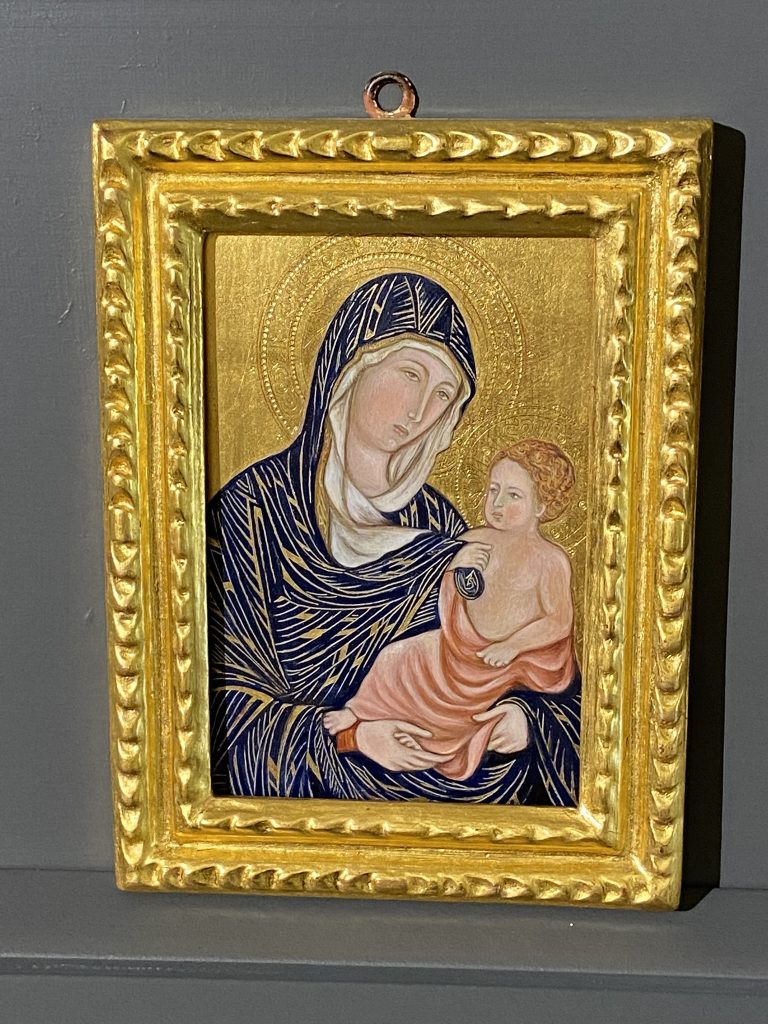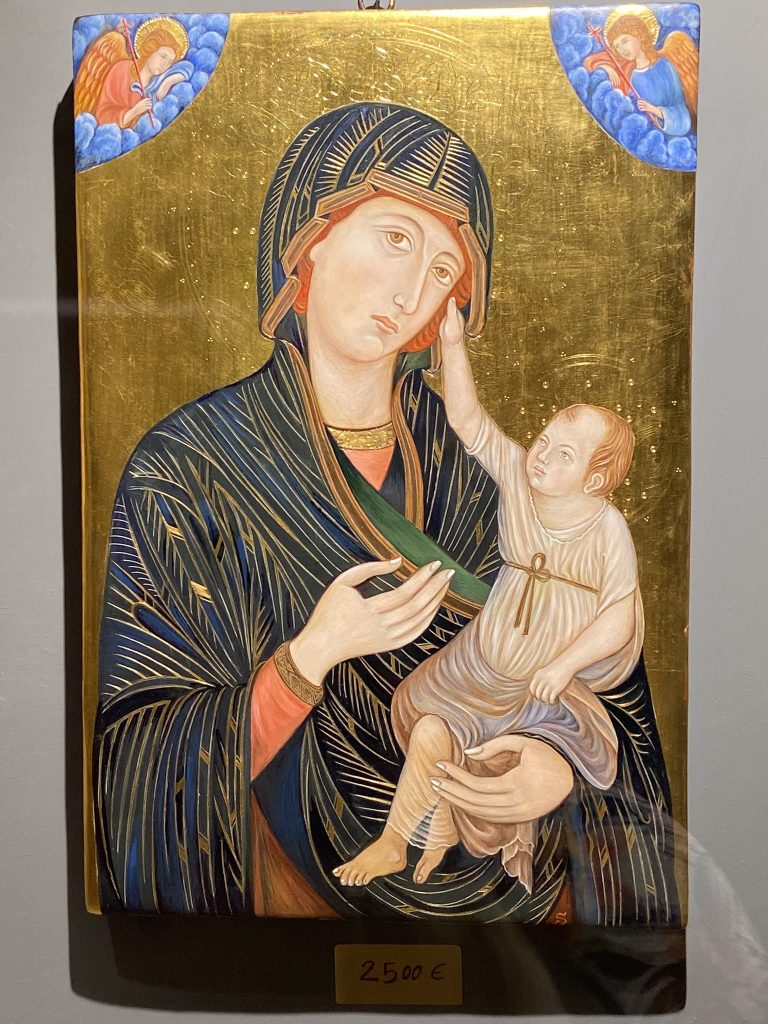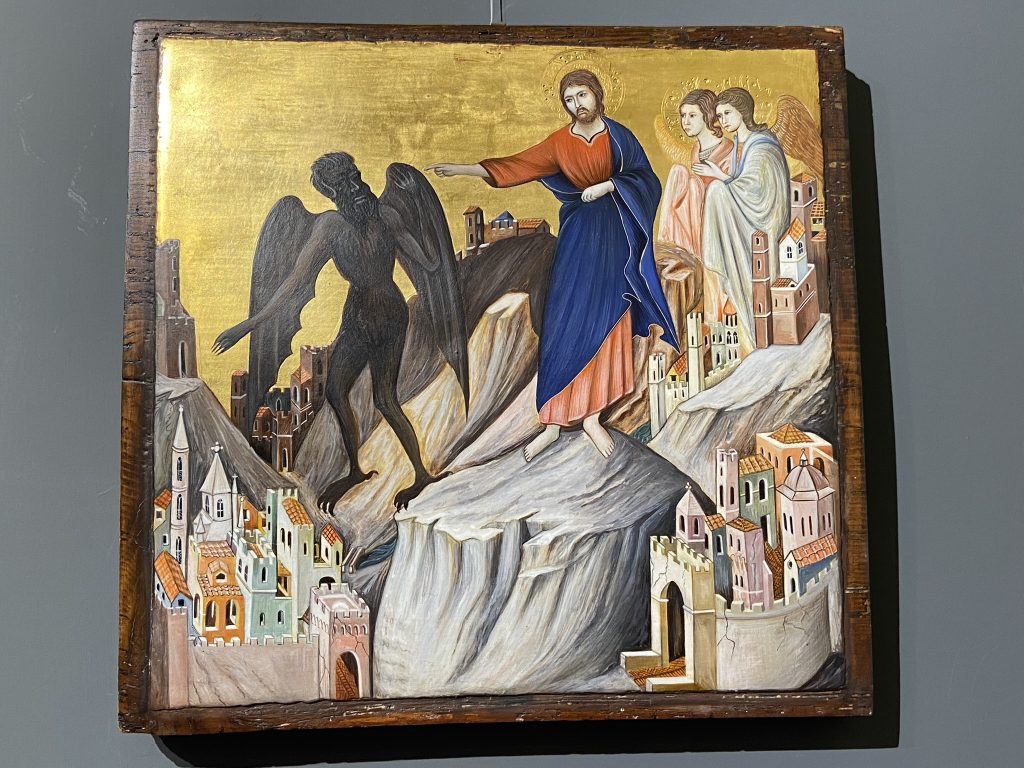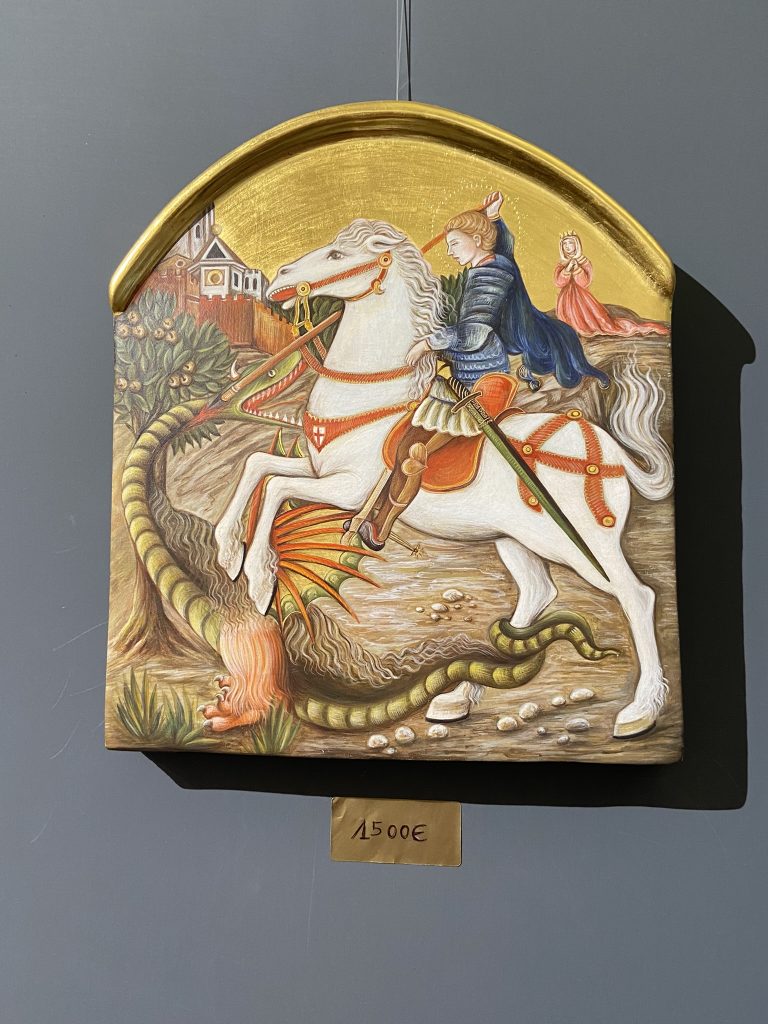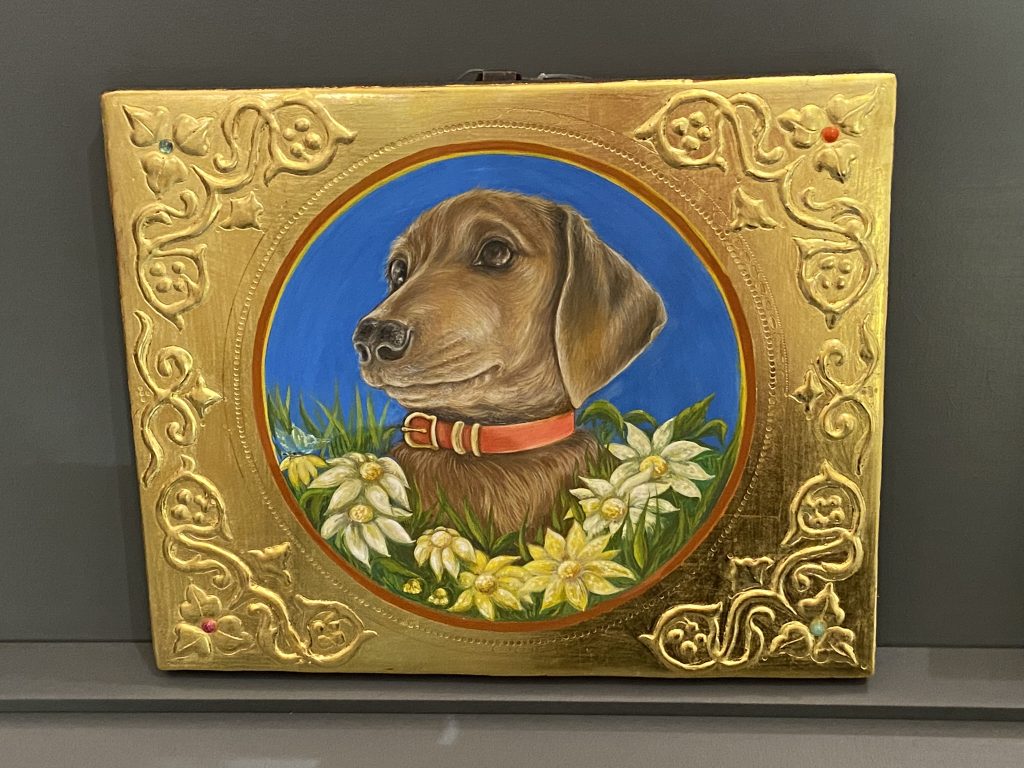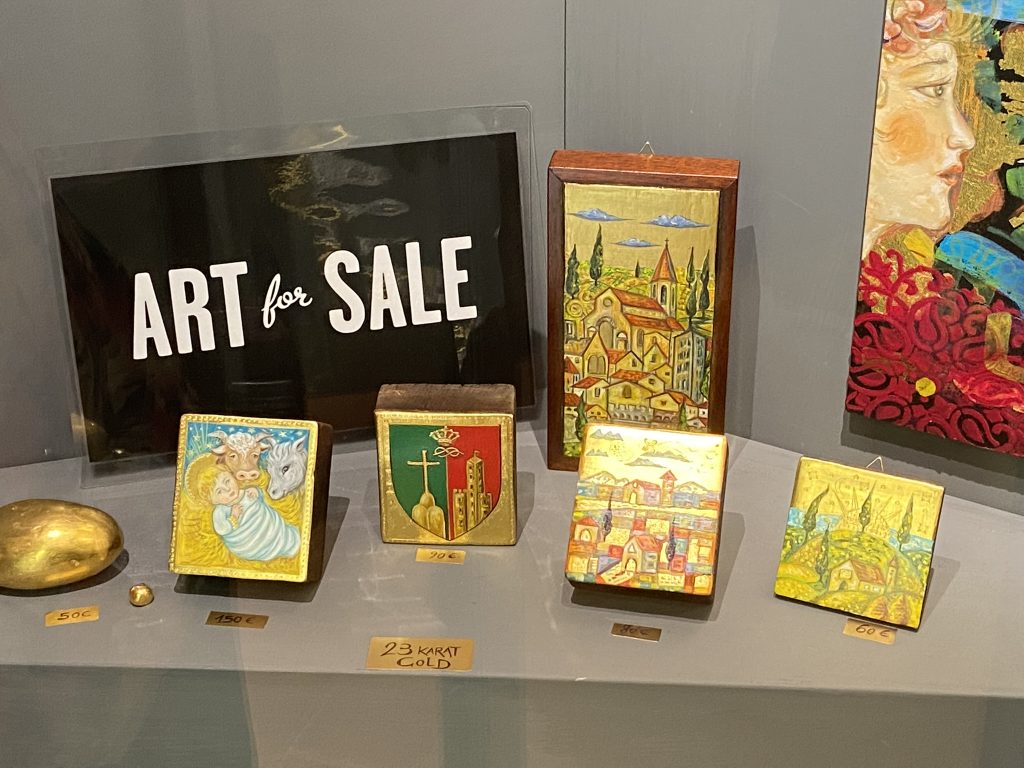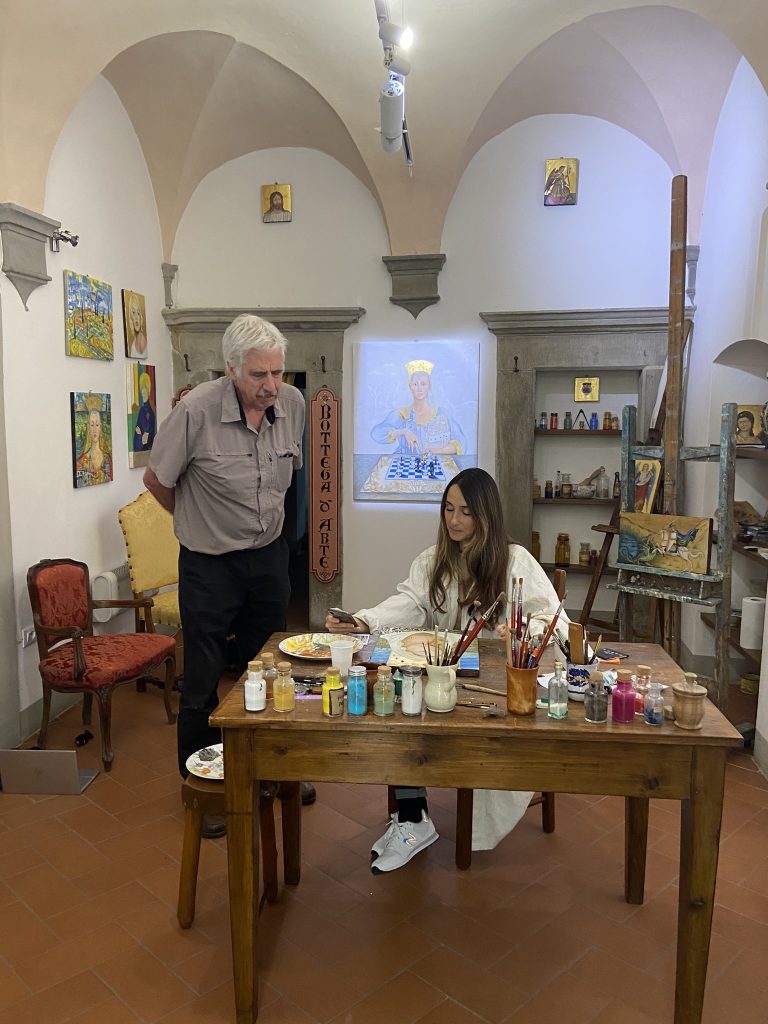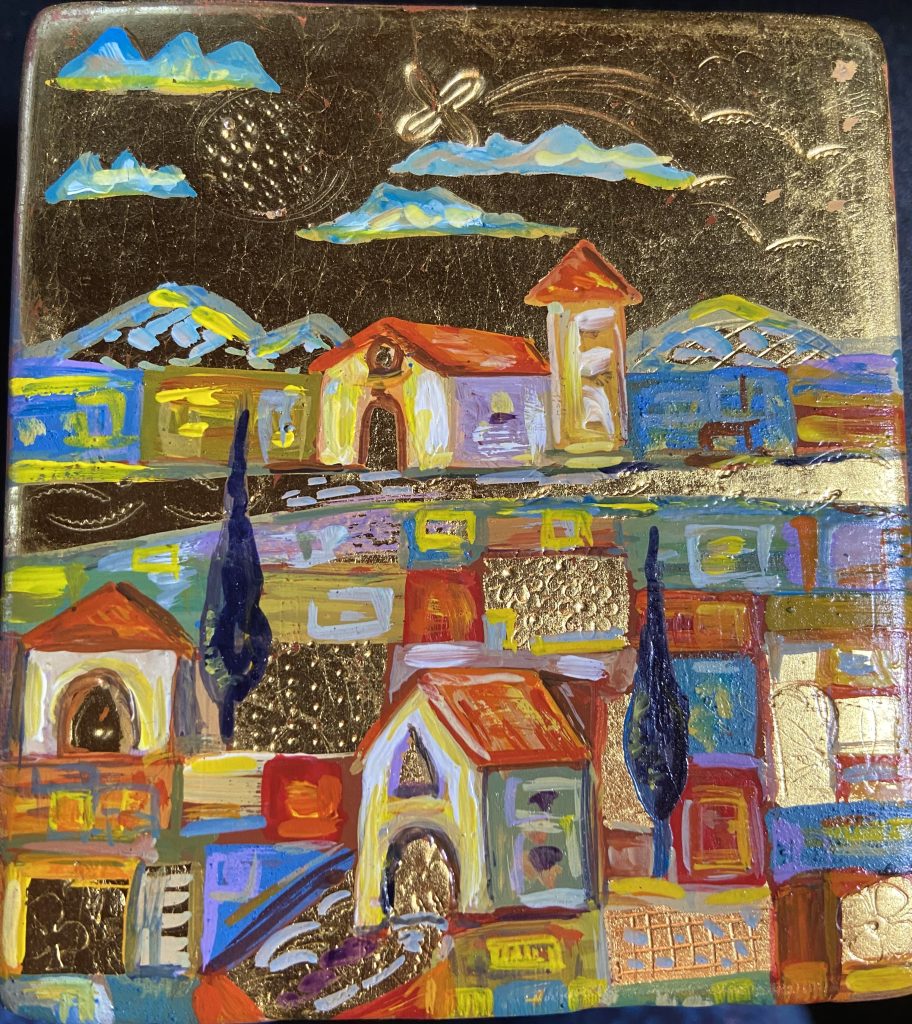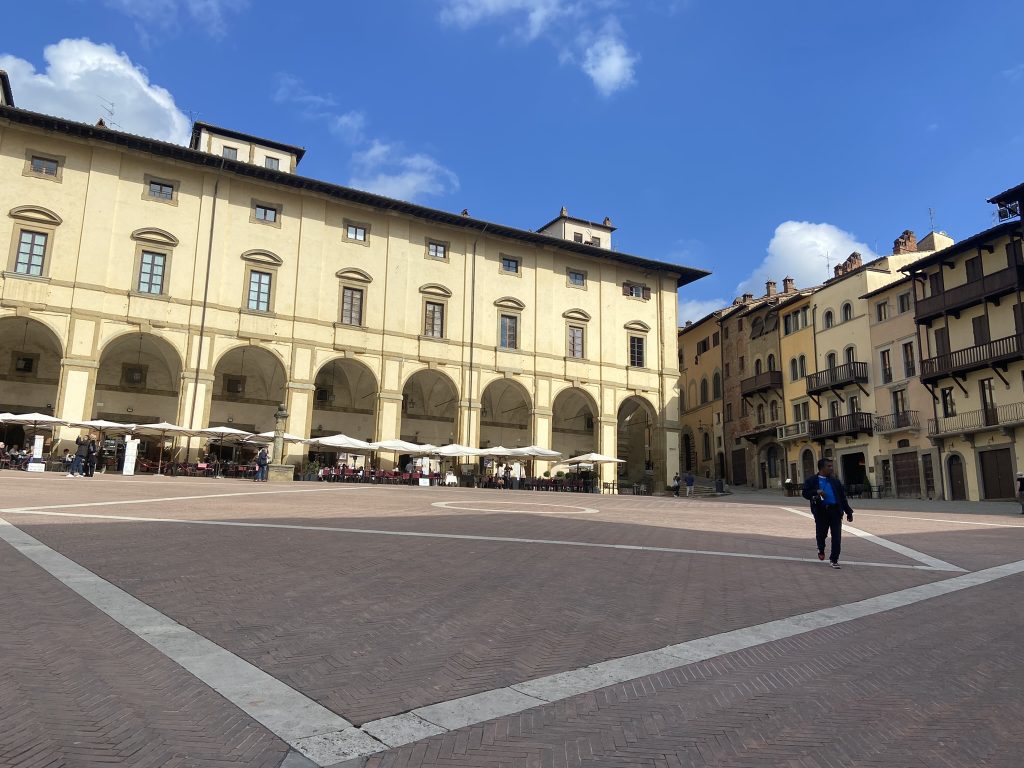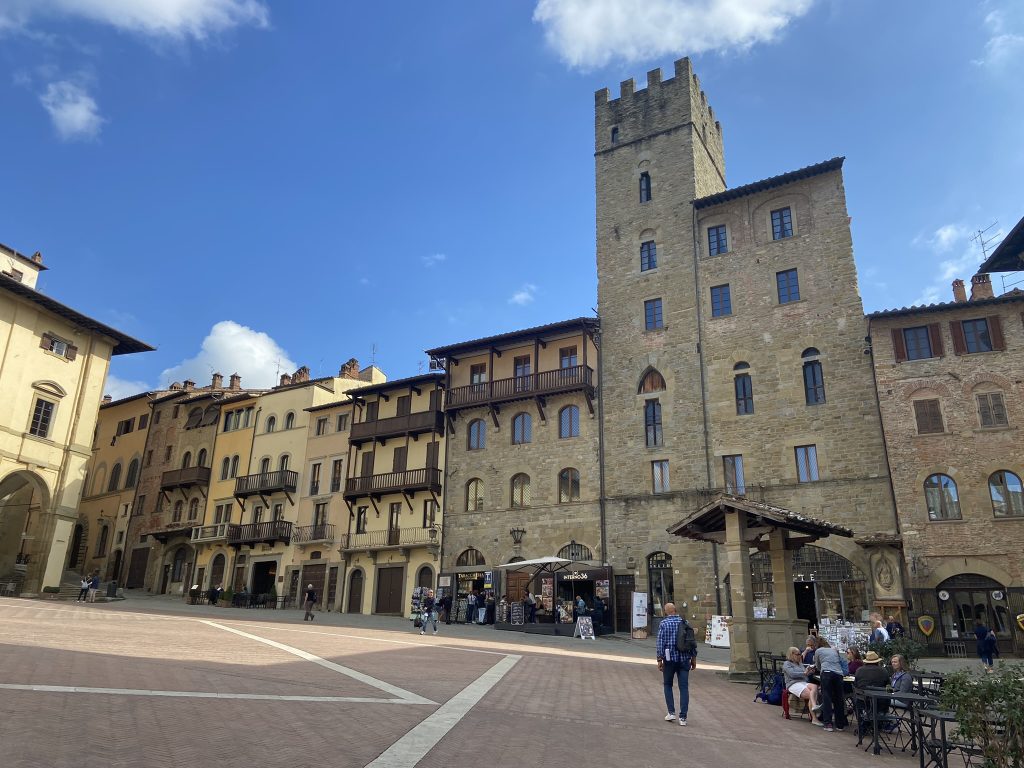Free Your Inner Floral Artist at Stunning Villa Lena in the Tuscan Countryside
As an Artsy Traveler, one of the most rewarding things I recommend you do is sign up for an artsy retreat in a gorgeous location. You’ll get inspired while learning new techniques and meeting like-minded travelers.
I recently discovered the Villa Lena in Tuscany (and I LOVE Tuscany!) where you can do just that.
Imagine spending four days surrounded by spring flowers in the Tuscan countryside while you learn how to arrange and paint flowers with master artist Tanvi Pathare. From May 5th to 10th in 2023, Tanvi will be conducting four watercolor master classes that “will focus on an old and healing art form: the slow-paced appreciation of flowers, landscapes, and natural beauty.”
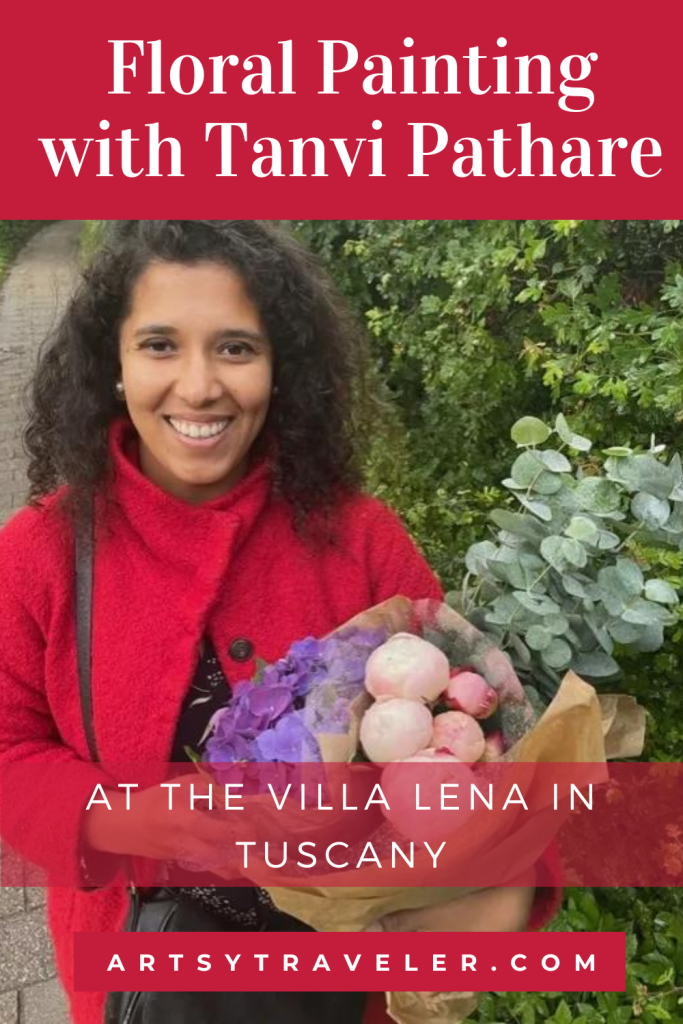
Sounds pretty awesome to me! I hooked up virtually with Tanvi and asked her some questions about her background as an artist and about her upcoming Flower Painting Retreat at the Villa Lena in Tuscany.
Interview with Tanvi Pathare
I interviewed Tanvi virtually (and hope one day to meet and learn with her in person!). Here is our interview.
Who is Tanvi Pathare?
Artsy Traveler: Tell us about your background as an artist–where you studied and some of your influences.
Tanvi Pathare: I was born in Mumbai, India. Since an early age, I was fascinated by the idea that you could create something beautiful with your hands; I enjoyed the craft element of it. I studied at the Sir J. J. School of Art in Mumbai, after which I moved to Florence in the search of more formal training as a realist painter.
I studied in the painting program at the Florence Academy of Art. After graduating from this program, I began teaching, and have been a Principal Instructor for drawing and painting at The Florence Academy ever since.
I look up to painters such as Rembrandt, Titian, Van Dyck, John Singer Sargent, Emil Carlsen, Henri Fantin-Latour, and Isaac Levitan to name a few.
Tanvi’s Inspiration
Artsy Traveler: What is it about floral painting that inspires you?
Tanvi Pathare: I feel my journey as a painter involves the constant delightful pursuit of studying the perfection of nature. Flowers are a wonderful source of inspiration, as they change, move, and grow. I find tracking their beauty through paint highly intriguing.
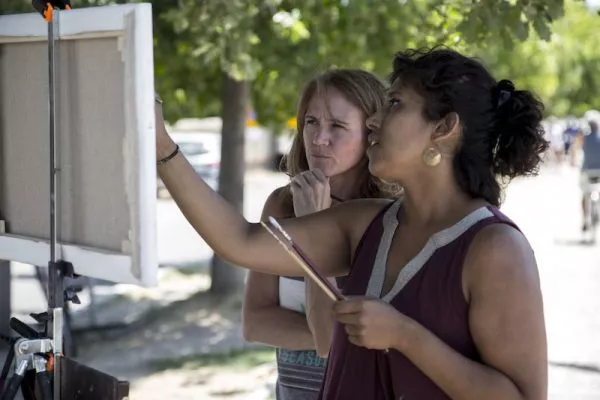
Tanvi’s Favorite Flowers
Artsy Traveler: Do you have any favorite flowers that you particularly enjoy painting?
Tanvi Pathare: I truly enjoy painting roses and peonies. I think their overall forms are very intricate, and hence a good place to spend a few hours meditating over them.
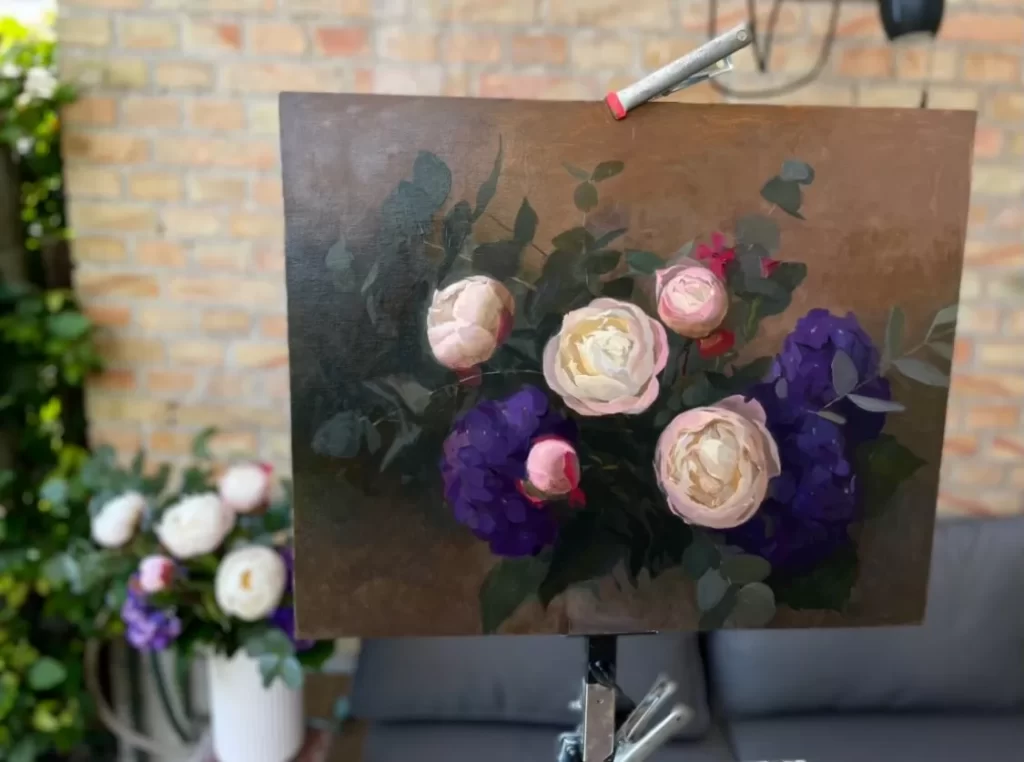
Influences of Location
Artsy Traveler: You grew up in India and now live in Florence. How have these locations inspired you? What changed in your work when you moved to Europe?
Tanvi Pathare: I think having grown up in India, color (and a lot of it) was always a part of my visual aesthetic. Moving to Florence, I think my palette, became a bit more harmonized, though still having sharp color notes. My formal training in Florence helped me organize my ideas in a more cohesive way. Living in Florence, you are spoilt by the beauty around you. I think Mumbai and Florence will always be an integral part of my language as a painter.
Villa Lena Workshop
Artsy Traveler: As a workshop leader, what do you hope participants will take away from their experience painting with you?
Tanvi Pathare: hope that participants walk away with a new found appreciation of nature and flowers. Painting flowers is a beautiful way of truly appreciating their beauty because you spend much longer looking at them, versus just taking a picture of them and moving along..
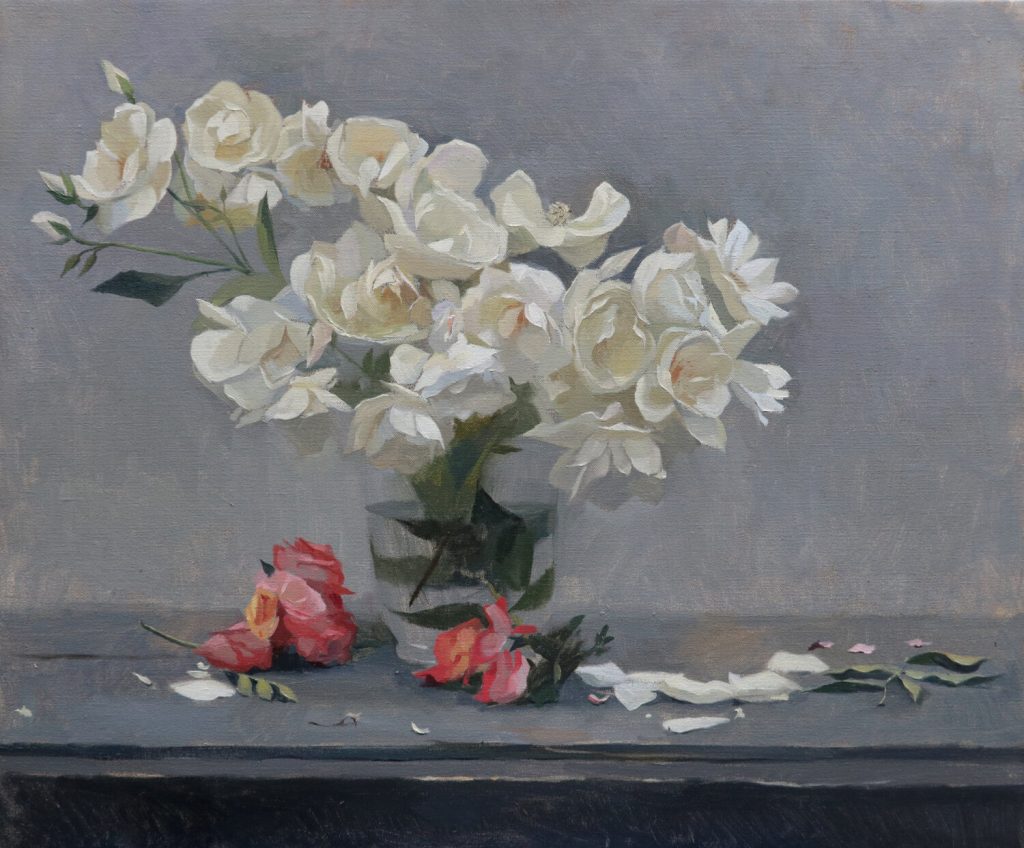
Tanvi Pathare’s Artwork
Tanvi’s art is truly exquisite. Her website beautifully showcases her work with various subjects: portraits, landscapes, and still lifes (lots of flowers in this category).
Here is a selection of some of her works I particularly liked. I can definitely see how she is influenced by masters such as Titian and Rembrandt and also by 19th century painters such as Henri Fantin-Latour and John Singer Sargent.
Landscapes by Tanvi Pathare
Tanvi’s website includes several paintings of the Tuscan landscape. Artists have been captivated by this landscape for centuries and no wonder. Tanvi captures the light and motion with fluid strokes and an eye for strong composition.
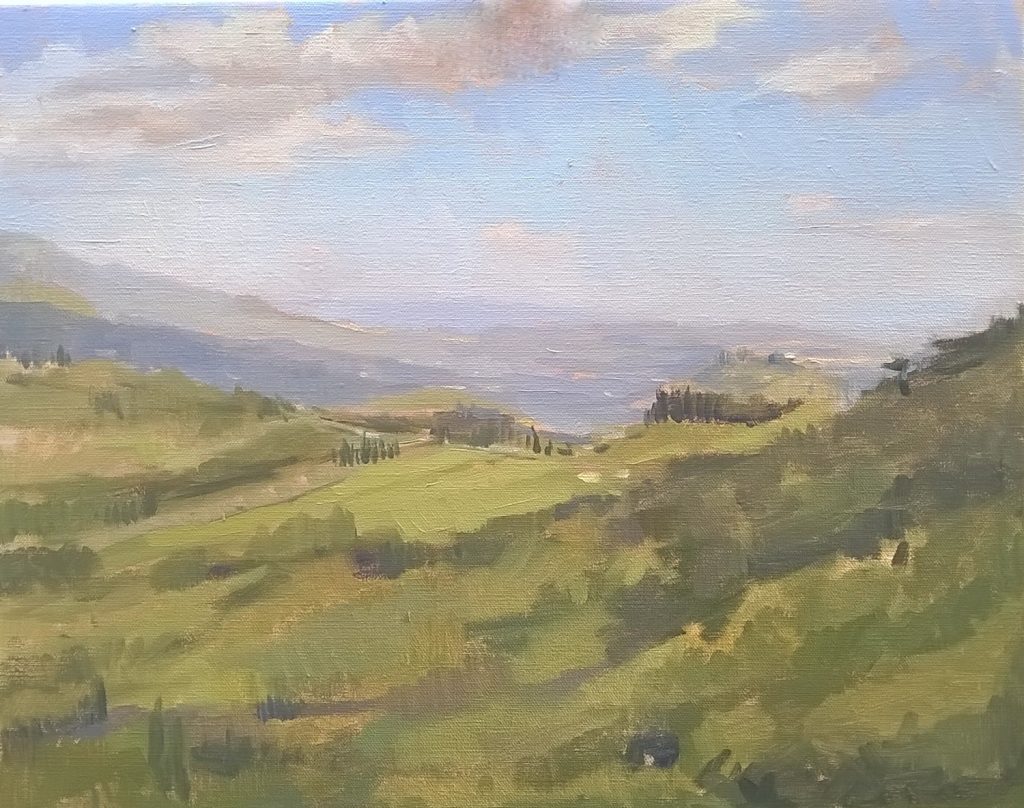
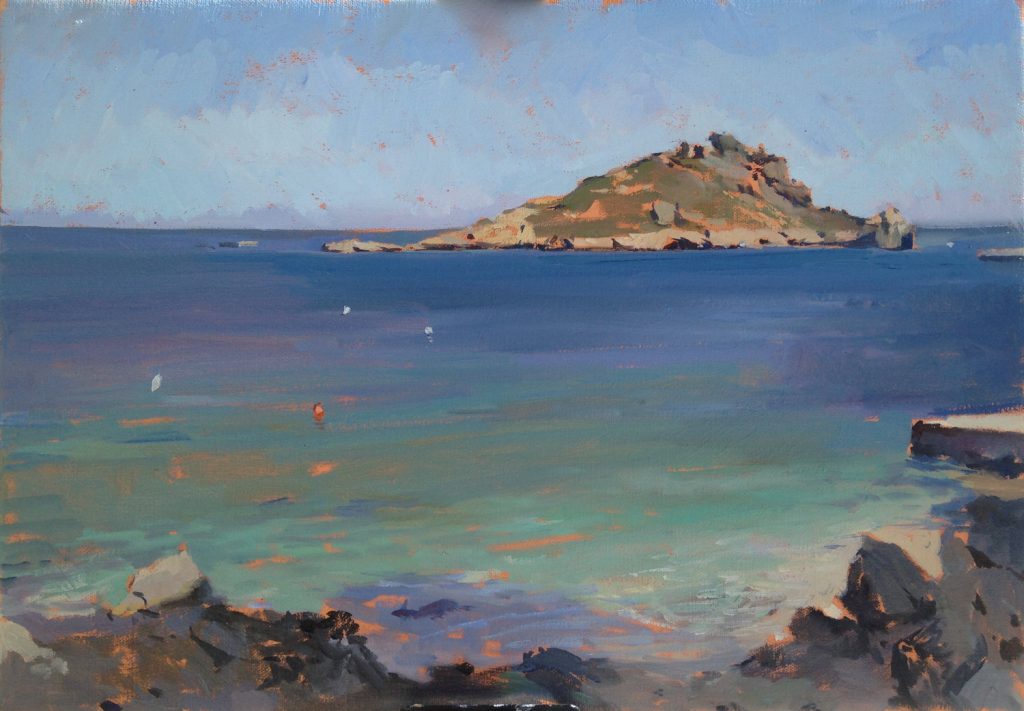
Still Lifes by Tanvi Pathare
I often gravitate to still life paintings when I tour art museums. I especially enjoy flower paintings, perhaps because my mother painted flowers almost until she passed at the age of 93. So flower paintings have been a part of my life forever. Also, although I’m not the best of gardeners, I love watching flowers grow! Tanvi’s flower paintings really spoke to me. She captures the exuberance of their colors and the whimsy of their forms spilling out of vases and scattering petals. I feel like I can reach out and pluck a rose just before it falls.
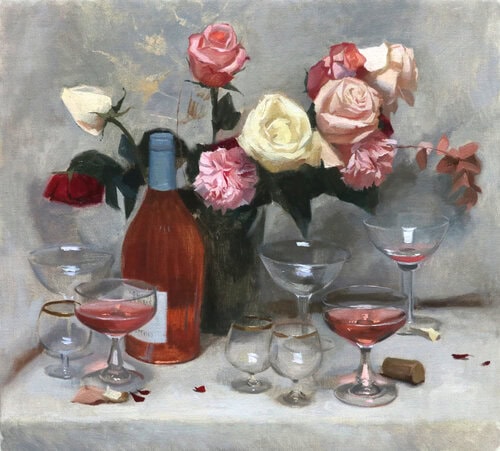
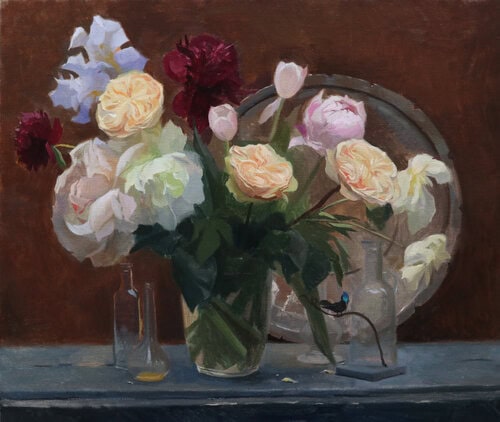
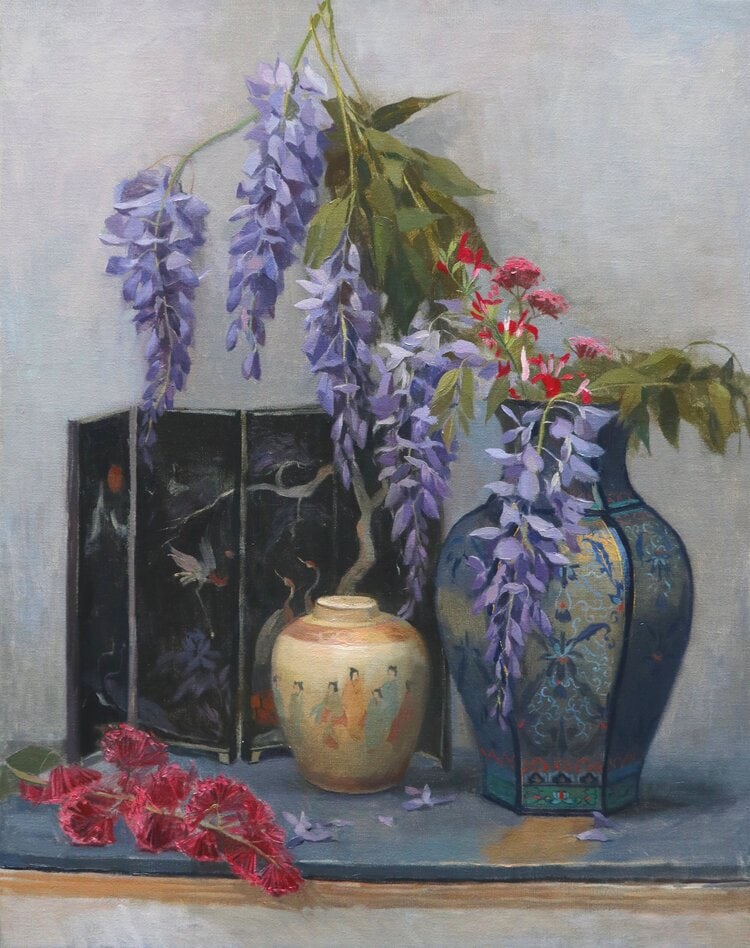
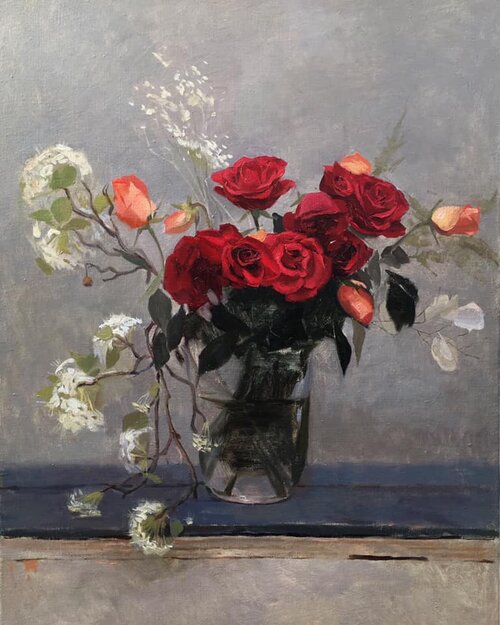
To see more of Tanvi’s work, check her website.
About the Flower Painting Workshop at Villa Lena
The Flower Painting Workshop at Villa Lena runs from May 5th to May 10th, 2023. You stay at the Villa Lena and can participate in many more activities in addition to flower painting.
When I read the description about what participants in Tanvi’s floral painting workshop at the Villa Lena are going to do during their stay, I wish I could hop on a plane and attend myself. Alas, not this Spring, although I plan to visit the Villa Lena when I’m in Tuscany in the Fall of 2023.
Here’s what you’ll enjoy during your floral painting workshop:
- 5 nights accommodation on site at Villa Lena
- Full board – farm to table feasting.
- 4 master classes on painting floral compositions with Tanvi Pathare
- Wine tasting
- Afternoon tea & baking lesson with in-house pastry chef
- Pasta cooking class
- Olive oil tasting
- Guided tours of the VL orto & flower farm, with flower cutting session
- Daily Yoga
- Access to Villa Lena facilities including 2 pools, 2 bars and beautiful common areas.
That sounds like an amazing way to spend some time in Tuscany! Interested?
Click here for more information and to book.
Full disclosure: If you follow this link and book a stay at the Villa Lena, I earn a small commission. Thank you!
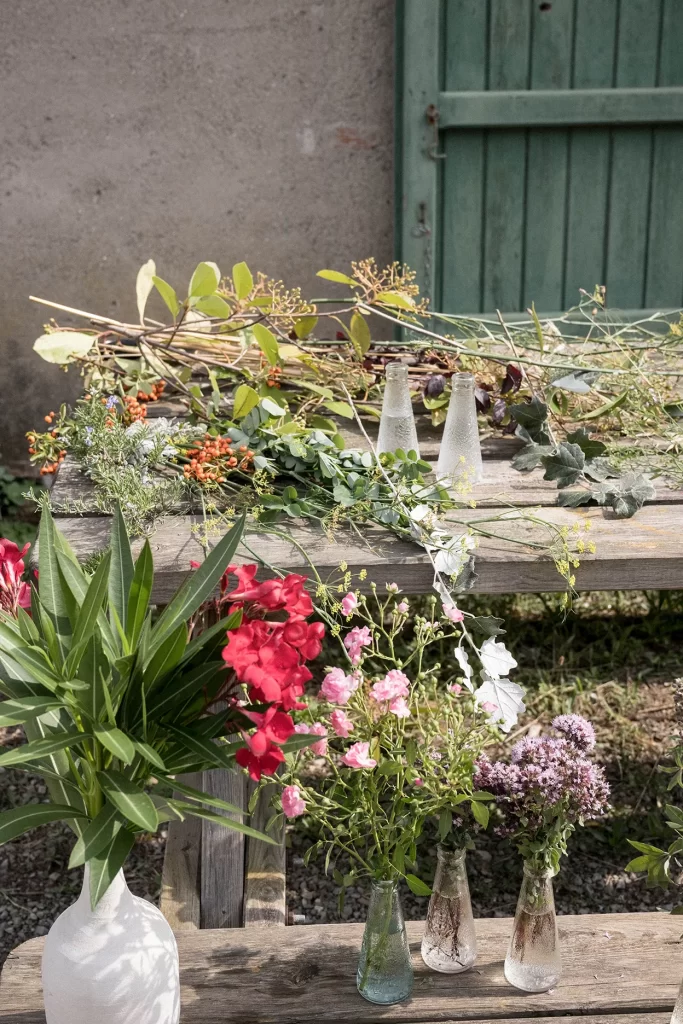
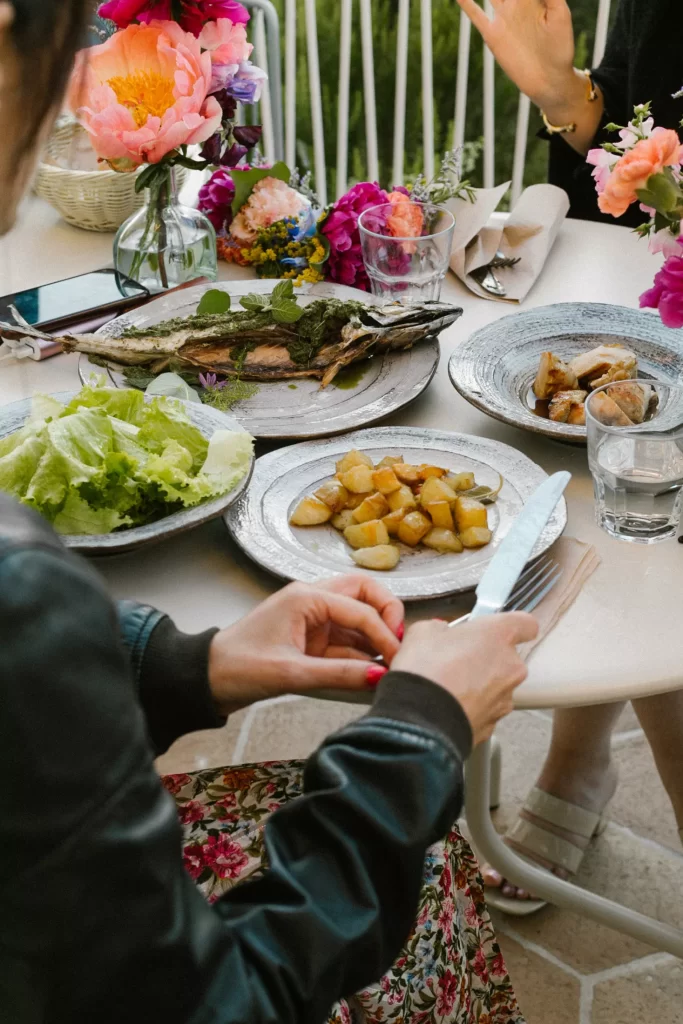
Visit Villa Lena
Villa Lena is located in the heart of Tuscany between Pisa and Florence. The villa hosts retreats and offers agriturismo accommodation.
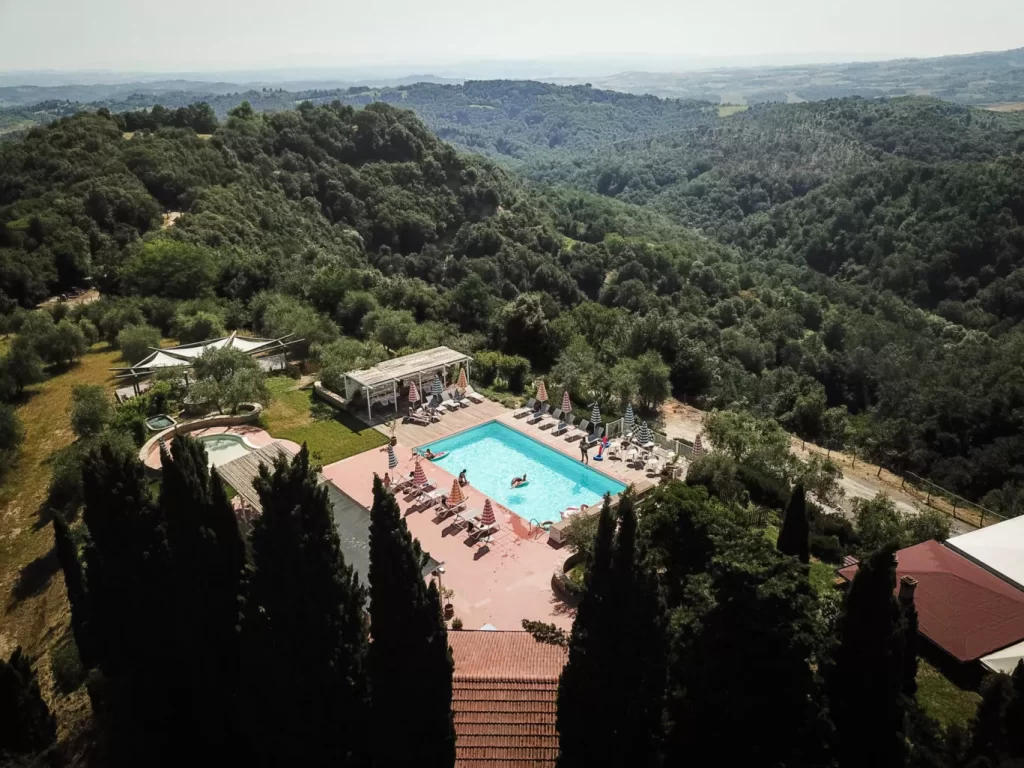
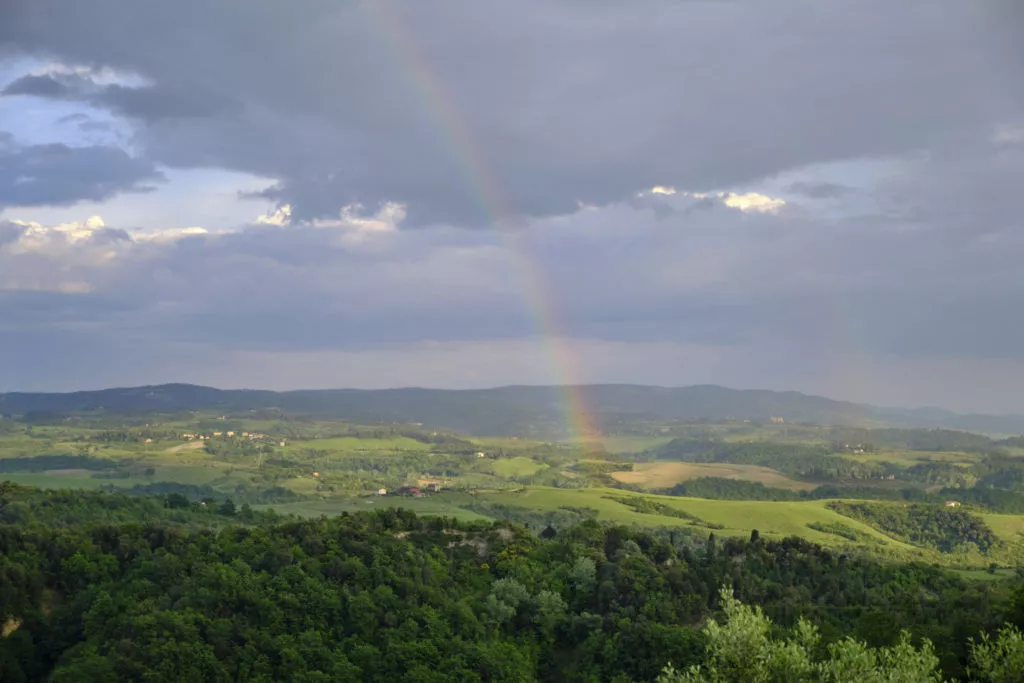
Staying at the Villa Lena
The accommodations at Villa Lena are stylish and comfortable. I’m imagining myself sitting in front of that view doing some writing. I’ve always found Tuscany an incredibly inspiring place to work and can’t wait to get back there in Fall 2023.
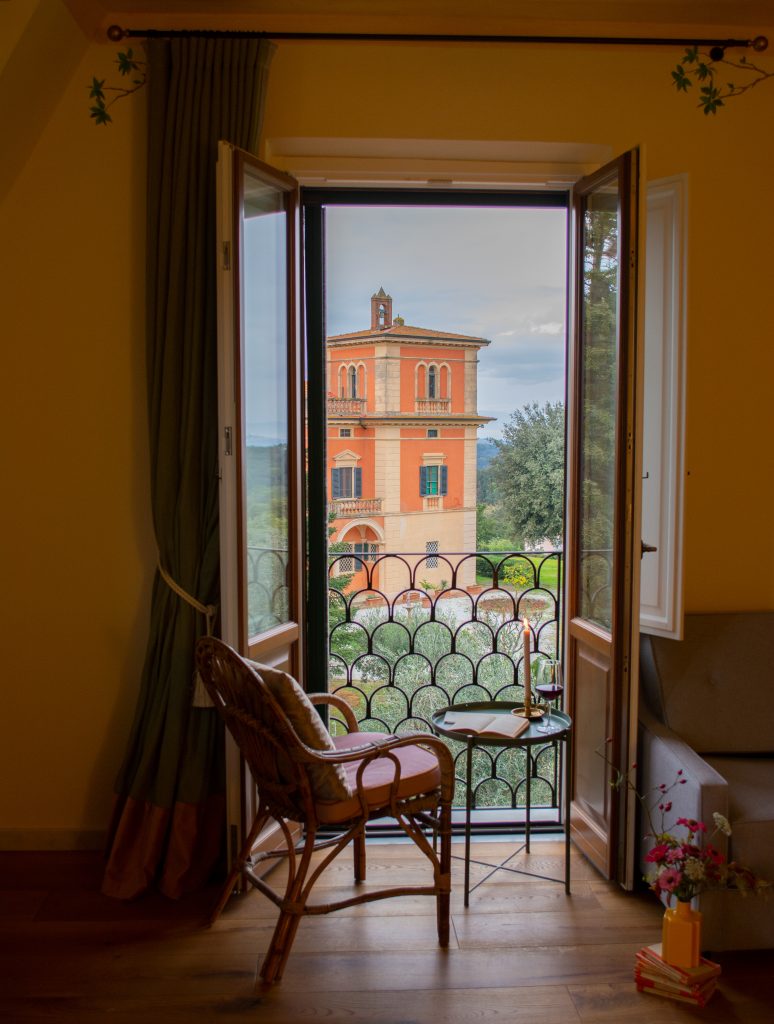
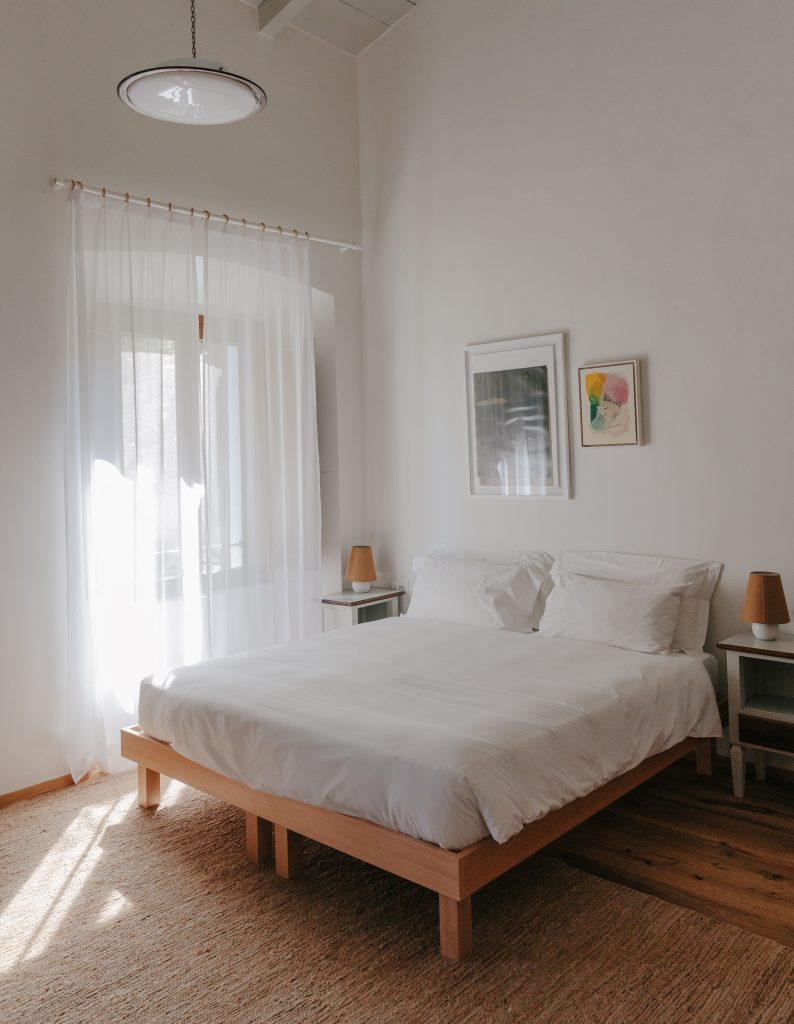
Villa Lena Foundation
The villa is also affiliated with the Villa Lena Foundation, a not-for-profit organization dedicated to supporting international contemporary artists working in art, music, film, literature, fashion, and other creative disciplines, and fostering opportunities for multi-disciplinary dialogue. If you’re an artist, you can apply to do at residency at the Villa Lena Foundation. Applications open soon for residencies in 2024. Check the Villa Lena Foundation website for details.
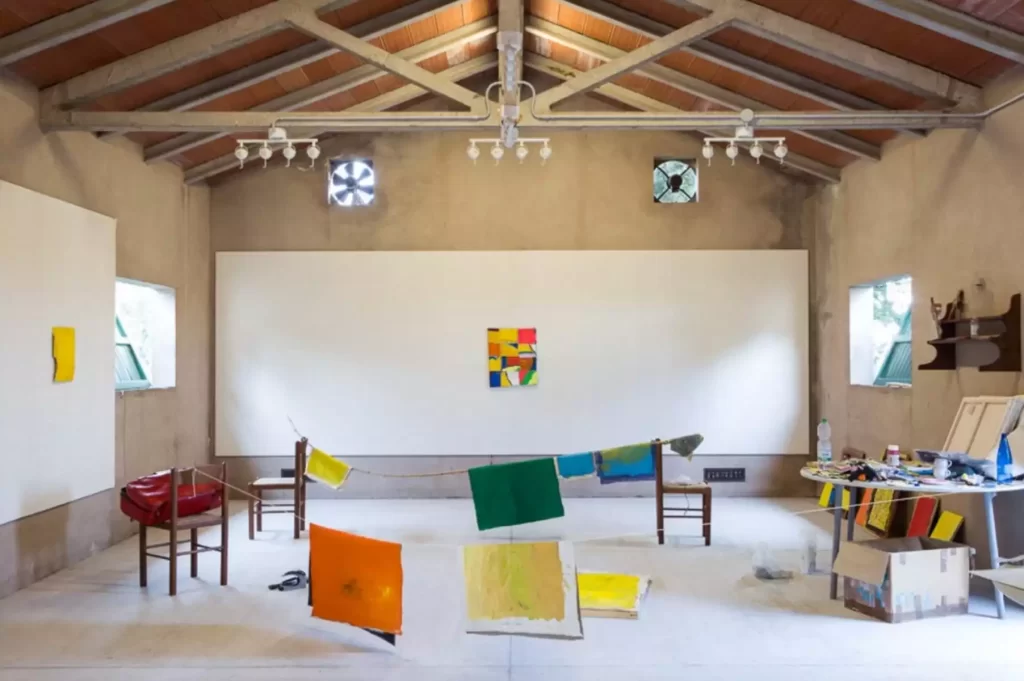
Conclusion
Are you traveling to Tuscany this spring? Consider spending time at the Villa Lena learning flower painting with Tanvi Pathare. You’ll come away with a renewed appreciation of the beauty of nature and a painting or two that you’ve created.
Have you ever taken an art workshop or gone on a painting retreat? Share your experience and suggestions with other Artsy Travelers in the Comments below.
Here are some more posts about artists and artsy traveling in Tuscany:
